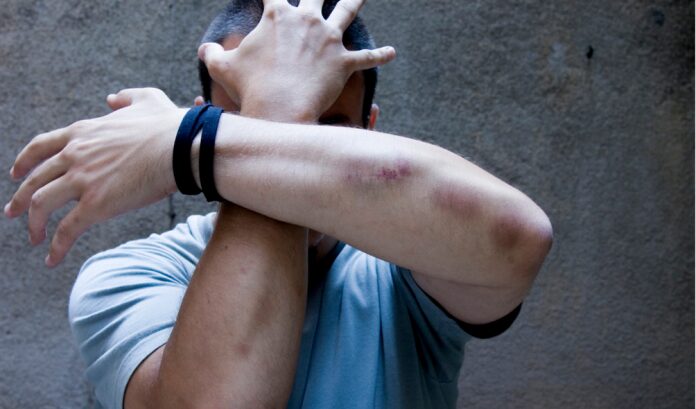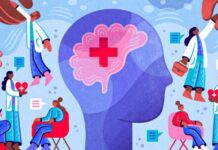Living a healthy lifestyle is crucial to living long without walking into a hospital. Eating a healthy diet, working out on a regular basis can keep you away from harmful diseases and especially life-long medical conditions like diabetes or cancer. If your body’s health condition is going off track, due to some disease or the harmful lifestyle you adopt like smoking and alcohol then the first symptom will most likely be seen on your skin. Be it wrinkles, high-temperature fever, rashes, or bruising, it is all indicative that you are undergoing some physiological changes.
In this article, we walk you through what is bruising, what are STDs, which type causes skin bruises, and much more.
What are STDs?

Diseases are all categorised in the form of symptoms they develop (like cold, fever and flu), how long they stay in their body (cancer), what is the microbiological factor (bacteria or virus) and how they transmit from one person to another (physical contact or without any physical contact).
STDs are diseases that have the primary carrier of transmission through intimate contact between person to person. Sexually Transmitted Diseases are declared as an epidemic and nearly 1 million new cases are being reported every day according to the World Health Organisation (WHO).
There are multiple microorganisms that get exchanged between one person’s genitals to another during an intercourse. If your partner is infected with an STD like HIV, there are high chances of you contracting the same.
Types of STDs
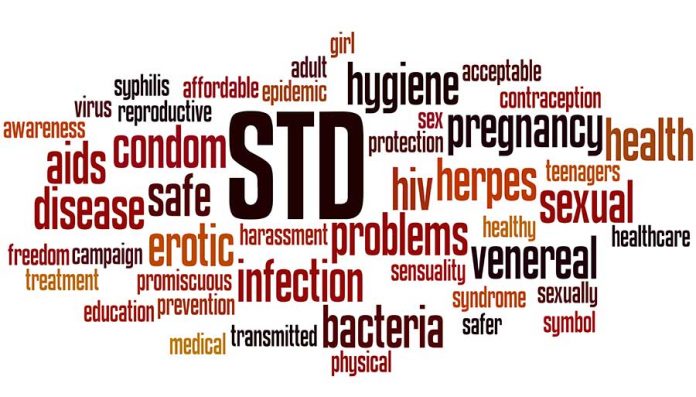
When it comes to STDs, one disease that strikes our mind is HIV/AIDS. HIV is a type that got implanted in our minds due to its nature of not being completely cured, once you acquire it you are to live with it life-long, or even said people who have HIV have a short number of years yet to live.
HIV, however, is not the most commonly reported STD or accounting for the highest death toll across the globe. As a result of more technological advancements in testing procedures that help in detecting HIV antibodies in their early stages and more HIV awareness campaigns being funded by the governments across the world and the university’s activity educating younger generations has led to a fall in daily cases of HIV.
There are 20 other types of STDs that are completely different from HIV. The most commonly reported types of STDs are
- Chlamydia
- Gonorrhea
- Syphilis
- Herpes
- Trichomoniasis
HIV and Hepatitis are also some of the most commonly transmitted, but the above 5 are the very common types.
STDs Symptoms
Here’s the most interesting part. Unlike flu, allergies, or any other type of disease STDs do not cause an instant reaction when the bacteria or virus enters the body after intimacy with an infected partner. The symptoms can take anywhere between several days, weeks, or even months in some cases for the initial symptom to pop up.
For this reason, people who are sexually active get contracted the disease from one partner and they keep practicing intimacy for days and weeks until the first symptom pops, by the time the first symptom appears, they would have infected several other partners unknowingly.
Symptoms of STD differ widely based on the type you are infected with. Following are the most commonly seen symptoms of STDs in both men and women –
- Fever
- Headache/muscle ache
- Tiredness
- Genital discharge
- Weight loss
- Sore throat
- Joint pain
Some symptoms also occur on the skin, such as –
- Genital itching
- Rashes
- Skin bruising
- Oral/mouth sores
As some of the symptoms resemble other diseases like Urinary Tract Infection (UTI) and other allergic conditions, some tend to misinterpret and wait for the symptoms to go away. However, this can be disastrous if not diagnosed at the earliest.
What STD Causes Skin Bruising?
Among all the types, HIV is the type that causes bruising symptoms. Similar to rashes and itching, skin bruising is a type of skin condition that purplish spots on your skin. Bruises occur when you get injured, typically sports injuries. But when you have contracted HIV and didn’t notice it initially, then the virus gets manipulated and you start to see bruises even for no apparent reason. Bruising can appear anywhere on your skin. Not only bruises, but HIV also have certain symptoms that are not seen in any other STDs like night sweats, and neurological symptoms like memory loss.
How to Test for STDs
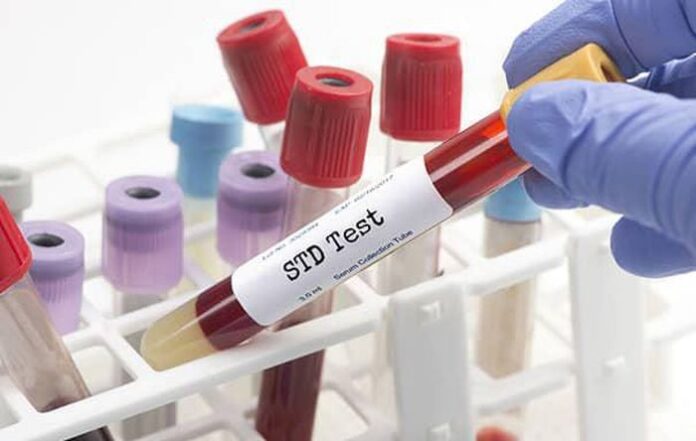
If you experience any of the above symptoms, then get tested for HIV as soon as possible. When it comes to STDs, it all comes down to how quickly you take action. If you neglect the symptoms and expect them to go away on their own, then you are making a mistake that will cost you both money and health.
STD testing providers like DxSaver.com have a network of 3000+ certified laboratories across the US and have listed out the labs that provide you an HIV screening test and their costs all in one place. DxSaver can help you find the appropriate lab in your vicinity and in a cost-effective way.
Can HIV be Cured?
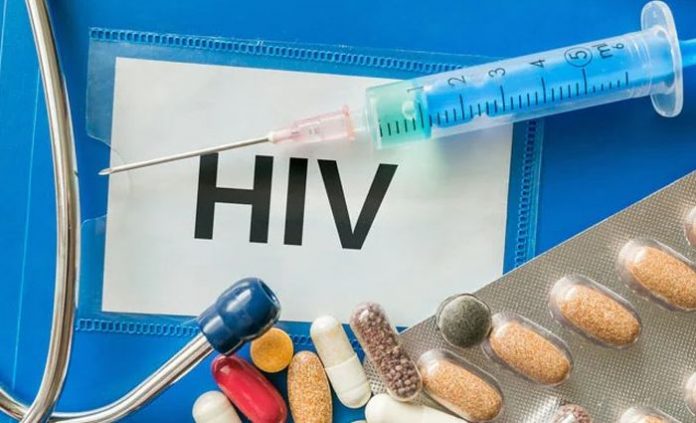
Unlike other STDs which are caused by non-viral pathogens such as bacteria and parasites can be cured completely with the help of medications if addressed correctly. HIV is more of a progressive disease than a sudden cause of death. If you are intimately active and experience symptoms like bruising, muscle ache, dry cough, and night sweats then get tested for HIV as soon as possible. The earlier to address the disease the better the chances of slowing down the HIV progression.
Though there is no complete cure for HIV, there are antiviral medications that help in slowing down the progress of HIV attacking your immune cells, thus giving you more window to breathe.
Conclusion
STDs are spread in every country and what is most disturbing is the demographics of the infected people. According to the Centers for Disease Control and Prevention (CDC), nearly 50% of the reported cases in the US are from individuals who fall between the age group of 15 – 24 and the rate of women is higher than men. Leading a healthy lifestyle, eating a fiber-rich diet, and working out regularly all the time but also spreading the knowledge of health and about STDs to other people will help in reducing the spread of deadly diseases.
